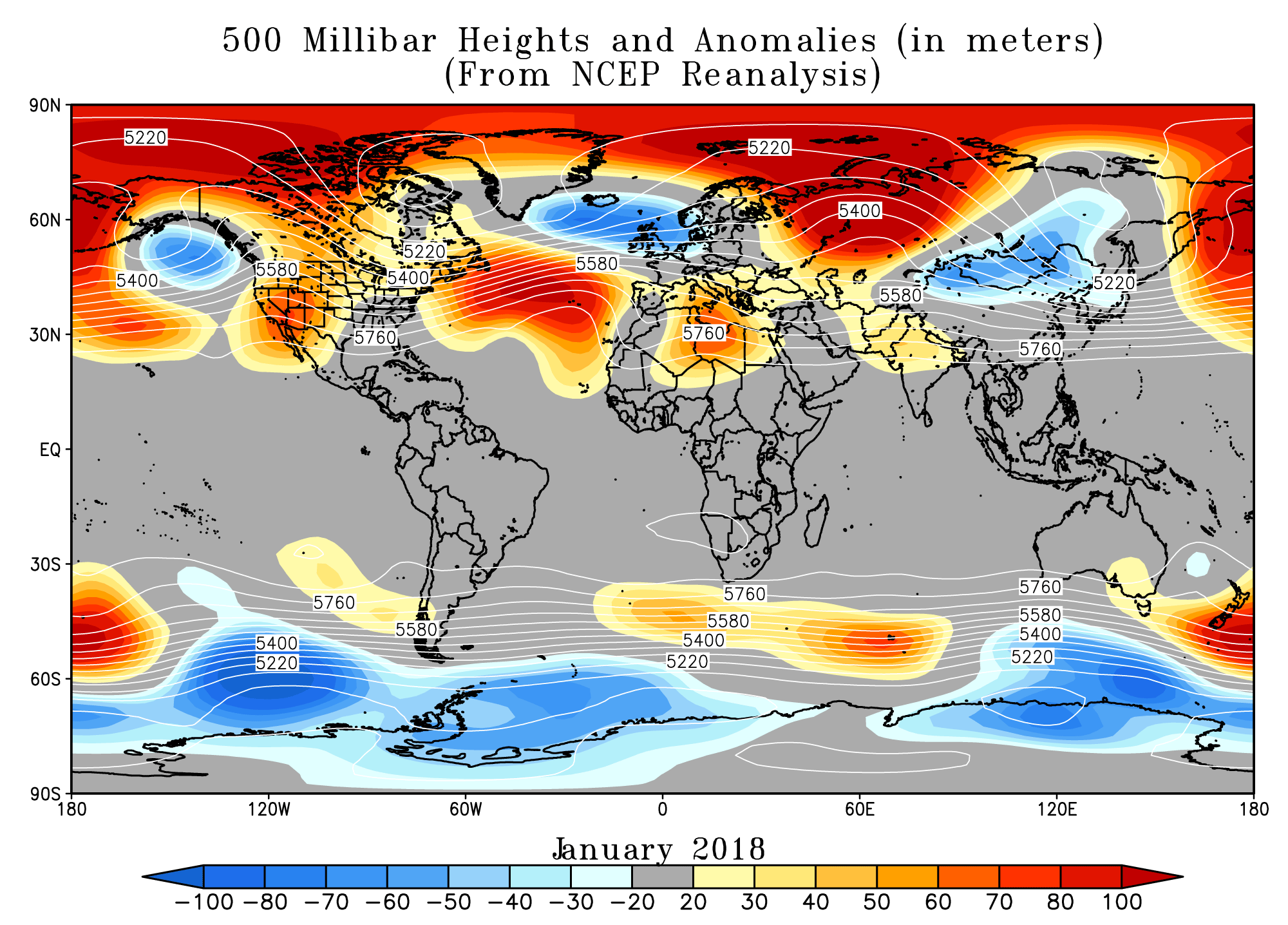Last updated: April 17, 2023
Article
The Blob
The Blob is a mass of warm water in the north Pacific Ocean that is linked to changes in climate and ocean ecosystems. The ocean is changing; what can we expect in the future? The National Park Service monitors nearshore marine environments to detect and understand changes to Alaska’s parks.
The Blob Appears
No, it didn’t come from outer space. It was detected in October 2013, a strong and long-lasting high pressure ridge in the Pacific Ocean created a mass of warmer-than-normal water. This mass of water was between 4 and 10 degrees F above average (depending on the location and date) and stretched over 1,000 miles wide between the North American and Asian continents and was up to 300 feet deep, it later split into three distinct masses between 2013 and 2018. It hung out in the Gulf of Alaska during 2015-2016 (when we experienced the largest Common Murre die-off on record); now there are three patches—one in the Bering Sea; one off the California/Mexico coast; and one off the coast of Canada, Washington, and Oregon.

National Oceanic and Atmospheric Administration/NOAA
The Blob is caused by a combination of warmer air temperatures (that warms the ocean’s surface), changes in the patterns of wind speed, direction and duration (wind helps mix the ocean and by bringing cool water from depth) and the persistent mass of warmer water along the equator known as ENSO. This very warm mass of water is unusual, an anomaly. In fact, nothing like it has been seen in the climate record since climatologists have been recording data in this region. It is unprecedented in its magnitude (how warm and widespread) and its duration (to last multiple years).
The Impacts of Warmer Water
Drastic changes, like this warm water anomaly, create shifts throughout the ocean ecosystem. Warmer water is poorer in nutrients and holds less oxygen than colder water. Warm water favors some species, such as tuna and sardines, but excludes species that are cold-water dependent. Algae thrive in warm water and harmful (toxic) algal blooms become more common and widespread, the effects of which can ripple through the food chain.
Colder oceans are generally more productive. They are rich in plankton (the foundation of the ocean food chain) as well as small forage fish, which are important for larger marine species such as sea lions and seabirds. Species that need cold water may move to escape the warm water (such as salmon) or may not be able to find enough food (for example, forage fish for seabirds may not be found where they normally are). As a result, we’ve seen widespread seabird die-offs.
Seabird die-offs are not unusual, but since the Blob showed up, the die-offs have been more intense in scale (including a large geography, long duration, and number of species impacted). A massive number (thousands) of birds have been found dead on beaches, starved. The assumption is the cold-water-dependent forage fish are not available in the warmer waters. The 2015-2016 Common Murre die-off was the largest on record, based primarily in the Gulf of Alaska. In 2017 and 2018, seabird die-offs continued, including more species and shifting geographically to the Bering Sea and into the Chukchi Sea.
In addition, marine mammals such as whales, sea lions, otters, and walruses have also been found dead, though not in large numbers like seabirds. Evidence of exposure to toxic algae has been found in marine mammals, though it isn’t clear to what extent this contributed to their deaths. Increased numbers of whales have been entangled in fishing gear as they have pursued prey closer to shore. Crabs and other species have declined due to low-oxygen conditions.

The Blob Returns
It looked like weather patterns were starting to shift back to normal in 2017, but there was record low sea ice in the Arctic in 2018 and the northern ocean warmed, and this year we are starting to see higher sea surface temperatures after a clear and warm fall due to persistent high pressure over the Gulf of Alaska. it isn’t clear yet what the longer-term impacts might be on weather patterns. We do know that the shifts we are seeing in ocean ecosystems will continue and will be linked to further changes.
